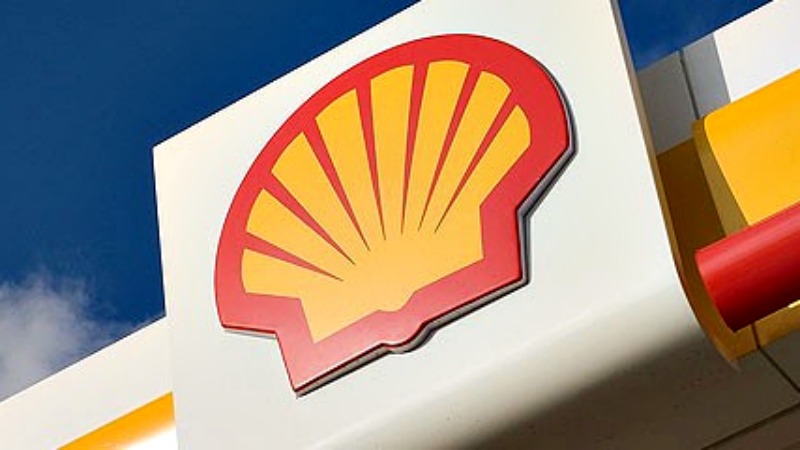Mohammed Shosanya
Shell will ramp up its dividend and share buybacks while keeping oil output steady into 2030 as its boss, Wael Sawan moved to regain investor confidence that wavered over its energy transition plan.
Shell said it will increase its overall shareholder distribution to 30% to 40% of cash flow from operations, from 20% to 30% previously.
The increase,according to a new financial framework announced on Wednesday, includes a 15% dividend boost and an increase in the rate of its share buyback programme from the second quarter to $5 billion, from $4 billion in recent quarters.
The financial framework is the linchpin of Sawan’s effort to boost Shell’s share performance relative to its U.S. peers after many investors shunned the British company even after it posted a record $40 billion profit last year.
Shell has faced concerns that it was shifting away from oil and gas at a time of booming energy prices while returns from its growing renewables and low-carbon businesses remained poor.
“Performance, discipline, and simplification will be our guiding principles,” said Sawan, who took office in January.We will invest in the models that work – those with the highest returns that play to our strengths,” he added in a statement.
The dividend increase, to around 33 cents per share, is the sixth since Shell slashed its then 47 cent dividend by nearly two-thirds in April 2020, the first cut since the Second World War, in the wake of the COVID-19 pandemic.
The higher payout ratio will make keep Shell “competitive with peers”, RBC analyst Biraj Borkhataria said in a note.
Shell scrapped its previous target to cut oil output by 20% by 2030 after largely reaching the goal. It produced around 1.5 million barrels per day of oil in the first quarter of 2023.
It said it will now keep its oil production steady to 2030 and will grow its natural gas business to defend its position as the world’s biggest liquefied natural gas (LNG) player.

